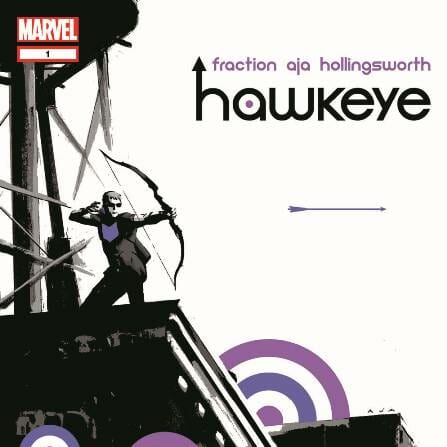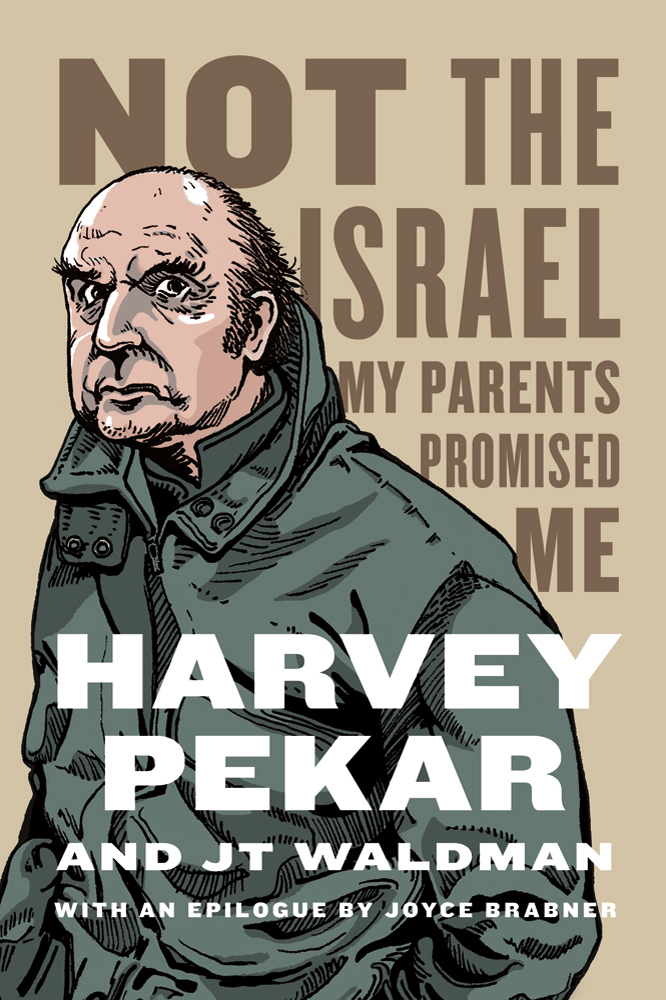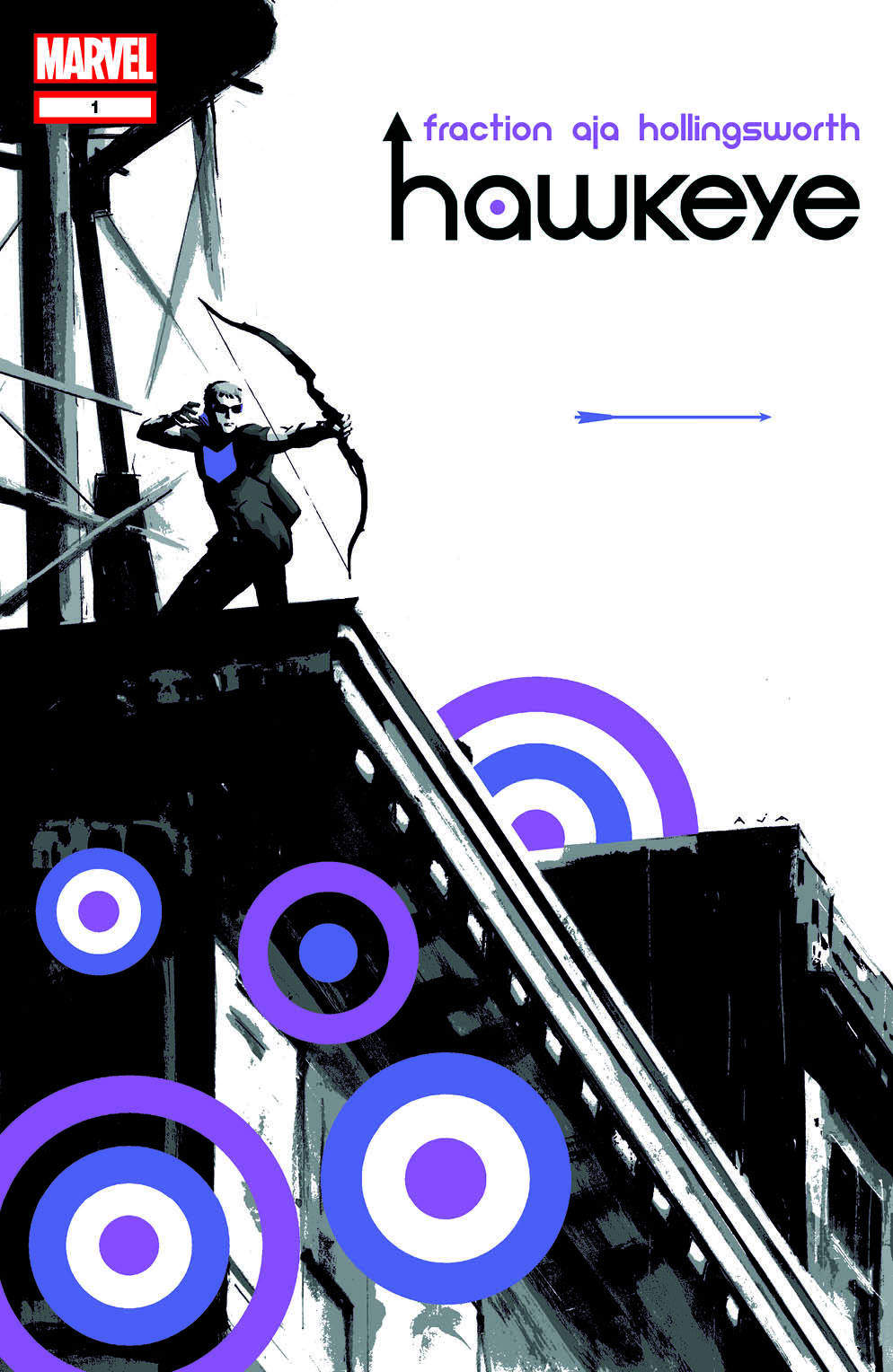
Each week, Paste reviews the most intriguing comic books, graphic novels, graphic memoirs and other illustrated books.

Not the Israel My Parents Promised Me
by Harvey Pekar and J.T. Waldman
Hill and Wang, 2012
Rating: 7.4
For a guy who died two years ago, Harvey Pekar is still surprisingly prolific. This newest volume is his best posthumous production yet. Two-thirds history of the state of Israel, one-third personal history relevant to the topic, it’s idiosyncratic and surprisingly narrative-driven, for a story that’s really just one guy telling you a long series of events. Waldman’s decision to match his artistic style to the prevailing ones of different periods covered is a clever one and gives the book a good deal of visual variety, even if it’s sometimes a mish-mash as much as a midrash. Pekar also manages to hit the tiny bullseye that encompasses both admitted subjectivity and what feels like a genuinely fair and balanced picture of a region that stirs up craziness throughout the political spectrum. None of that means it won’t receive plenty of criticism, but it’s an attempt to talk about things from a personal perspective that doesn’t rely on emotion and prophecy to make its argument. (HB)

Hawkeye #1
by Matt Fraction and David Aja
Marvel, 2012
Rating: 7.8
In the midst of super soldiers, Norse gods and neo-cyborgs, Stan Lee and Don Heck’s underpowered archer Clint “Hawkeye” Barton has never quite hit the mark of the Avenger’s pantheon. Mark Millar’s revisionist work on the The Ultimates helped rationalize his role as a toxic black ops spook, justifying the lethal marksmanship and ubiquitous buzz cut (a clear inspiration on military leading man Jeremy Renner’s casting in the film). Even with that established, Clint Barton’s personality still fits in about as well as an arrow next to a repulsor beam. His defining psychology has mainly revolved around a caddish love of hooking up with team members and some theatrical John McEnroe rage. In direct response, Matt Fraction reunites with Iron Fist uber-artist David Aja for a grounded, character-centric study on the only male Marvel character to wear purple aside from the Hulk and Fin Fang Foom. Fraction cuts around his Kirby hyper-scifi beats for an almost-mundane tale about Brooklyn rent and roof top parties. Coupled with Barton’s smooth, endearing narration (“I’m an orphan raised by carnies fighting with a stick and a string from the Paleolithic era,”) this introduction is subversively enjoyable as an anti-superhero superhero study. Aja’s simple, worn line work perfectly matches the grizzled photorealism of its metropolitan focus. This is a new, sentimental approach to the character that could almost count as indie book with a few tweaks, packing more enough arrows in its quiver for the near future. (SE)

Victory: Resistance Book #3
by Carla Jablonski and Leland Purvis
First Second, 2012
Rating: 7.0
Victory concludes Jablonski and Purvis’s trilogy of young-adult-oriented graphic novels about the French Resistance, the middle volume of which this column reviewed last year. Both the series’ strengths and weaknesses remain the same, too, with Purvis’s art more serviceable than stellar and Jablonski’s story both compelling and, occasionally, a bit of a stretch. That isn’t to say no children participated in the French Resistance, but I don’t know if the ones that did, even those in their early or middle adolescence, could have articulated their revolutionary philosophy as clearly as some of these characters do. The title tells you what’s coming, but Jablonski mostly manages to create her own smaller narrative that operates within the bigger picture, adding some drama to a story with an ending already written. She also continues her trend of anti-monolithic depictions, focusing on conflict within the movement and a full gradation of participation within it. The books stand as an excellent teaching tool as well as a pretty good read, especially for their intended audience. (HB)

Harvest #1
by A.J. Lieberman and Colin Lorimer
Image Comics, 2012
Rating: 7.0
So hey, here’s a tip: don’t Google “Boy in the Box”. I did that last night and immediately blew any shot at a good night’s sleep. Harvest #1 isn’t quite as disturbing, but the first issue of A.J. Lieberman and Colin Lorimer’s new series definitely wants to discomfort us. This first of five issues is an absolute black hole for good vibes, sucking up all positivity while introducing an underground ring of semi-pro organ thieves that recruits such wayward surgeons as the coke-addled Benjamin Dane. Want to read a comic whose ostensible lead lets an innocent woman die because he’s too coked up to do his job? Here you go. Shitheel aside, A.J. Lieberman’s script forms a firm hook for this five-issue miniseries. Who is Dane’s mysterious boss? Why is the woman doctor so open to murder? Is naming a character Hiro Matsuda proof that Lieberman is a fan of obscure NWA wrestlers, or merely a coincidence? I have no idea. I do know that I’m intrigued by Harvest’s possibilities. I also don’t know if the mother who sends her children off to school early on is the same woman who operates on these helpless victims. A certain character reappearing on the final page makes it seem likely, but then there’s a decided difference in bangs between the doctor and the mother. Is this an artistic discrepancy or two entirely different characters? Maybe issue two will explain. (GM)
Publish or create comics? We might want to review your work. Get in touch.